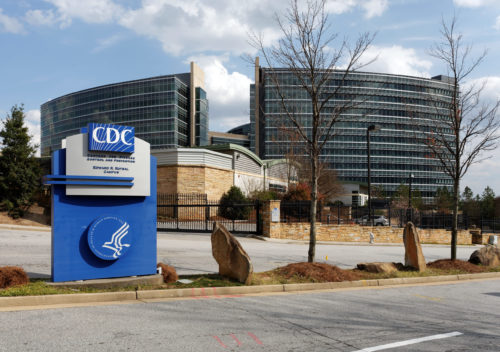Outrage of the Month: Trump Administration’s Budget Proposal is a Recipe for a Public Health Disaster
Health Letter, March 2020
By Michael Carome, M.D.

If you’re not outraged,
you’re not paying attention!
Read what Public Citizen has to say about the biggest blunders and outrageous offenses in the world of public health, published monthly in Health Letter.

With the country facing a wide range of public health threats — such as the widening outbreak of respiratory infections caused by a novel coronavirus, dubbed COVID-19, that has brought us to the cusp of a worldwide pandemic; the ongoing opioid crisis; and the epidemic of teenage nicotine addiction fueled by use of e-cigarettes and other vaping products — there is an obvious pressing need for the federal government to dramatically increase funding for the Centers for Disease Control and Prevention (CDC) and the National Institutes of Health (NIH), key public health agencies that must take lead roles in responding to these threats and preparing for future ones.
But the Trump administration instead recklessly proposed massive cuts in the 2021 budgets for the CDC and NIH. For the CDC, the administration proposed slashing the agency’s discretionary budget by $1.3 billion, a 19% reduction from the 2020 budget. The CDC’s programs for responding to emerging and zoonotic (originating in animals) infectious diseases — such as COVID-19 — would be cut by $85 million, a 13% drop. Funding for public health preparedness and response programs also would decline by $25 million.
Likewise, the Trump administration proposed decreasing the NIH budget by $2.6 billion, a 6% reduction from the agency’s 2020 budget. Under the president’s budget, funding for new NIH research grants would fall by a whopping $1.9 billion, a 16% cutback.
The importance of adequate funding for the CDC and NIH comes into sharp relief in the context of the evolving COVID-19 outbreak, which originated in China and has since spread to dozens of countries. For example, the CDC in 2014 launched a global health security program to strengthen the capabilities of other countries for identifying, tracking and containing infectious disease outbreaks before they become regional epidemics or global pandemics. The agency also coordinates closely with state, local and tribal public health officials in the U.S. to contain such outbreaks when they occur in the U.S. Notably, soon after the COVID-19 outbreak began, the CDC developed a laboratory test kit for detecting the virus in patient samples. The kits are being shipped to qualified laboratories in the U.S. and in other countries to diagnose patients and monitor the spread of the disease.
Moreover, as highlighted in a report issued by Public Citizen’s Access to Medicines Program last month, the NIH has played — and must continue to play — a “singular role” in conducting the research necessary to develop new treatments and vaccines against COVID-19 (and similar pathogens) because the pharmaceutical industry under the current monopoly-based patent system has little incentive to pursue the development of vaccines and treatments for such infectious diseases.
The White House’s 2021 budget proposal sends a clear signal that protecting public health is not a priority for Trump. Fortunately, as was the case with past administration budgets since Trump took office, the 2021 budget was dead on arrival at Congress. Hopefully, the COVID-19 outbreak will spur members of Congress to increase the CDC and NIH budgets to the levels needed to effectively counter such emerging public health threats.